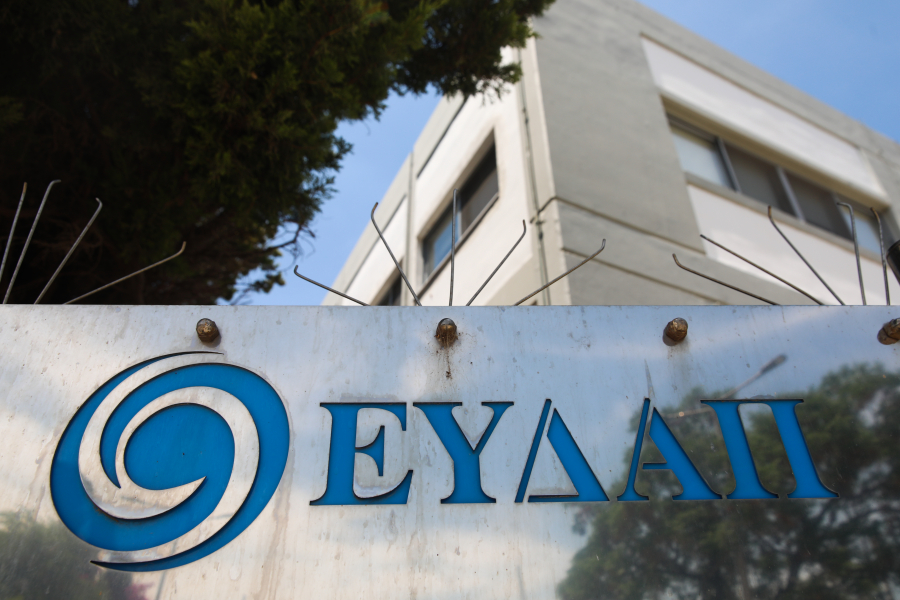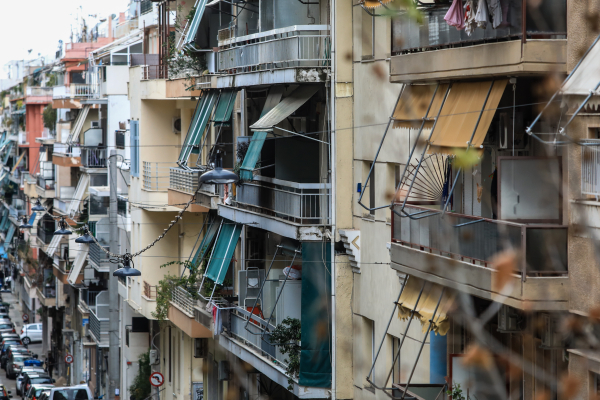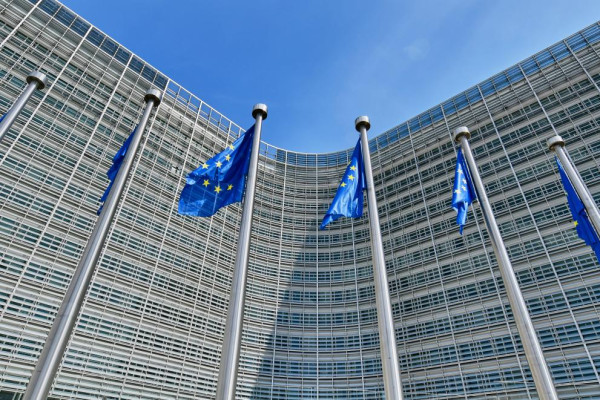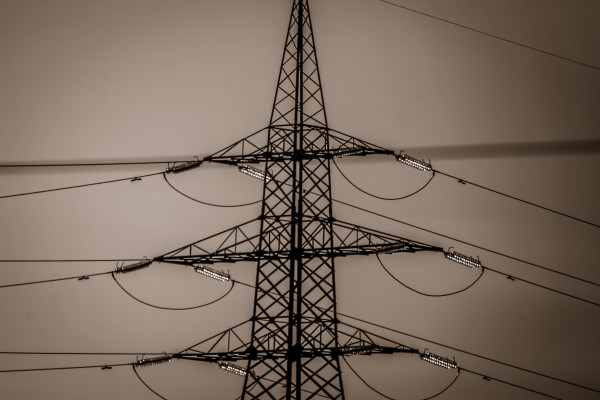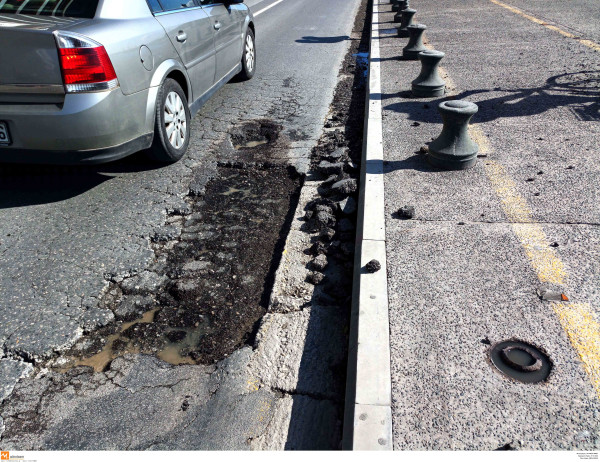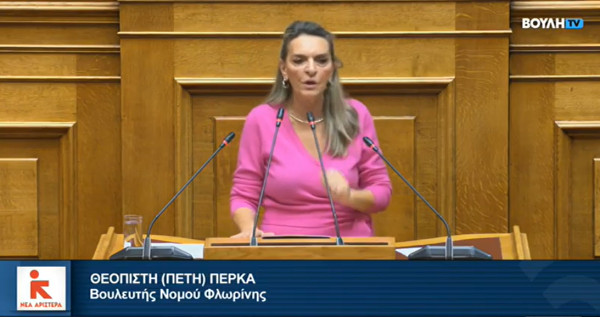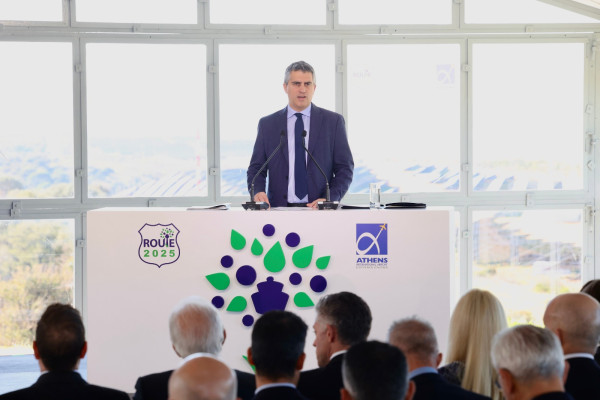The initiative, which runs through 2030, is one of the most ambitious infrastructure upgrades in the country in recent years, aimed at modernizing the capital’s water network and strengthening its resilience against the impacts of climate change.
The plan comes as water reserves in the Attica region, which includes the Greek capital, face increasing pressure from reduced rainfall and prolonged dry spells. To address these challenges, EYDAP will invest in large-scale projects across wastewater treatment, sewage systems, water purification, digital upgrades, and energy efficiency improvements. A key focus will be the installation of smart meters to monitor consumption and reduce losses, which currently account for about 15% of the total water supply.
According to EYDAP CEO Haris Sachinis, the bulk of the funding will go toward upgrading wastewater treatment plants and expanding the drinking water network, including the construction of new water treatment facilities to improve both water quality and distribution. A significant portion of the budget will be directed to Eastern Attica, a region that has historically lacked adequate sewage infrastructure. Smaller allocations will support energy upgrades, digital monitoring systems, and facility renovations. An additional €500 million from public funds is expected to complement the investment, aimed at bolstering water security in the wider Athens metropolitan area.
In parallel with the infrastructure plan, EYDAP has already activated a drought response strategy. With rainfall levels continuing to fall, the company is taking immediate measures such as increased water pumping from aquifers and trial operations on backup sources. But the centerpiece of its long-term strategy is a proposed project to transport water from Lake Kremasta in western Greece. The lake receives around 3.5 billion cubic meters of water annually, far exceeding the needs of Attica. EYDAP estimates that accessing just 5% of that volume would be sufficient to safeguard the region’s water supply for years to come. If approved, the project could be completed within two years, and the utility is exploring legislative avenues to accelerate its implementation.
Desalination is also being considered as a backup option, although its costs remain significantly higher. Transferring water from Lake Kremasta is projected at €0.10 per cubic meter, while desalinating brackish water would cost four to five times more, and seawater as much as ten times. Nonetheless, EYDAP plans to issue a tender for desalination technology to ensure preparedness.
In case of severe water shortages, a third contingency involves transporting water by tanker ships from the Achelous River. In such an extreme scenario, the company has not ruled out changes to its pricing policy, particularly for high-volume consumers.
Alongside infrastructure and emergency planning, EYDAP is also preparing public awareness campaigns to promote water conservation. With the effects of climate change becoming more visible, the company sees consumer behavior as a crucial factor in protecting one of the region’s most vital resources.

